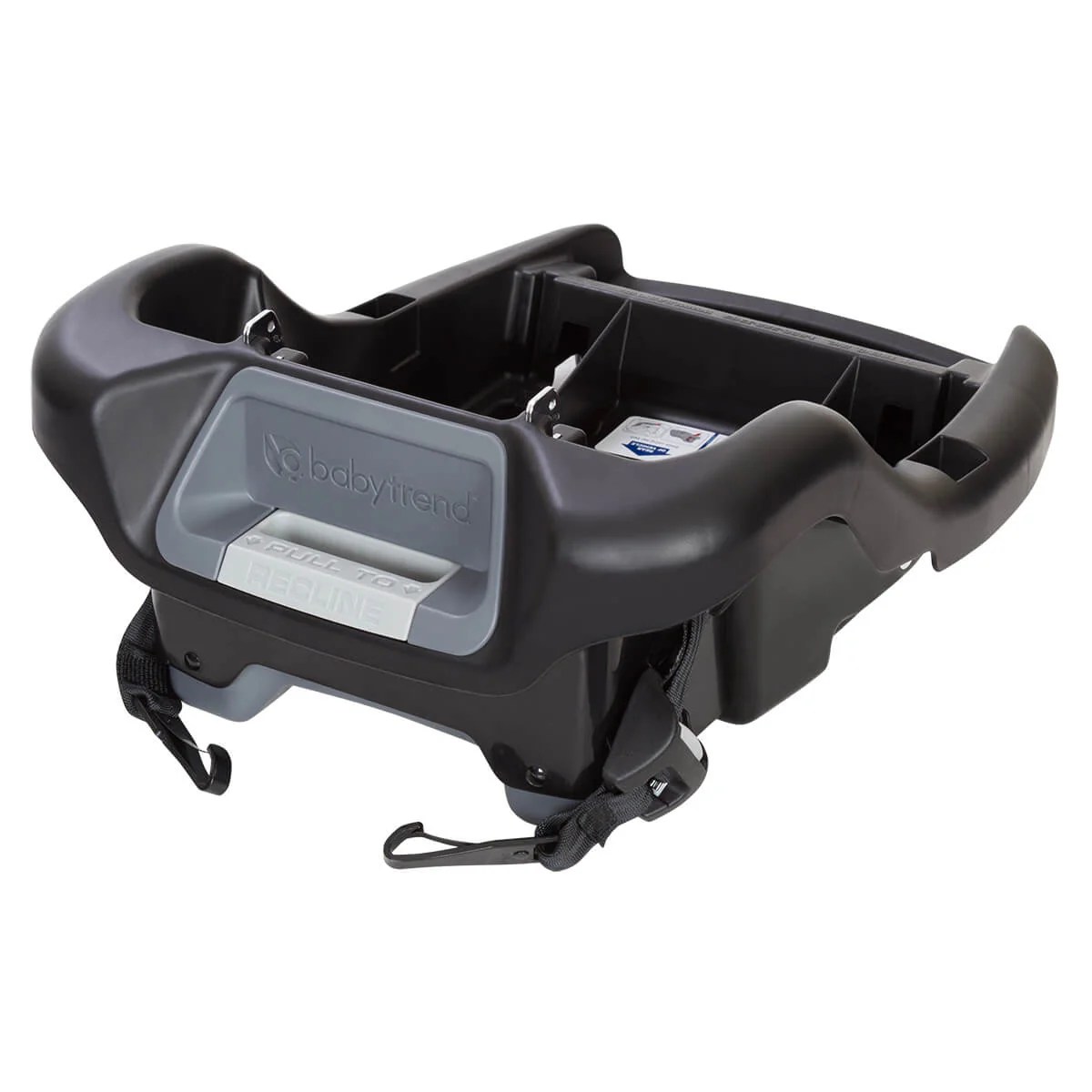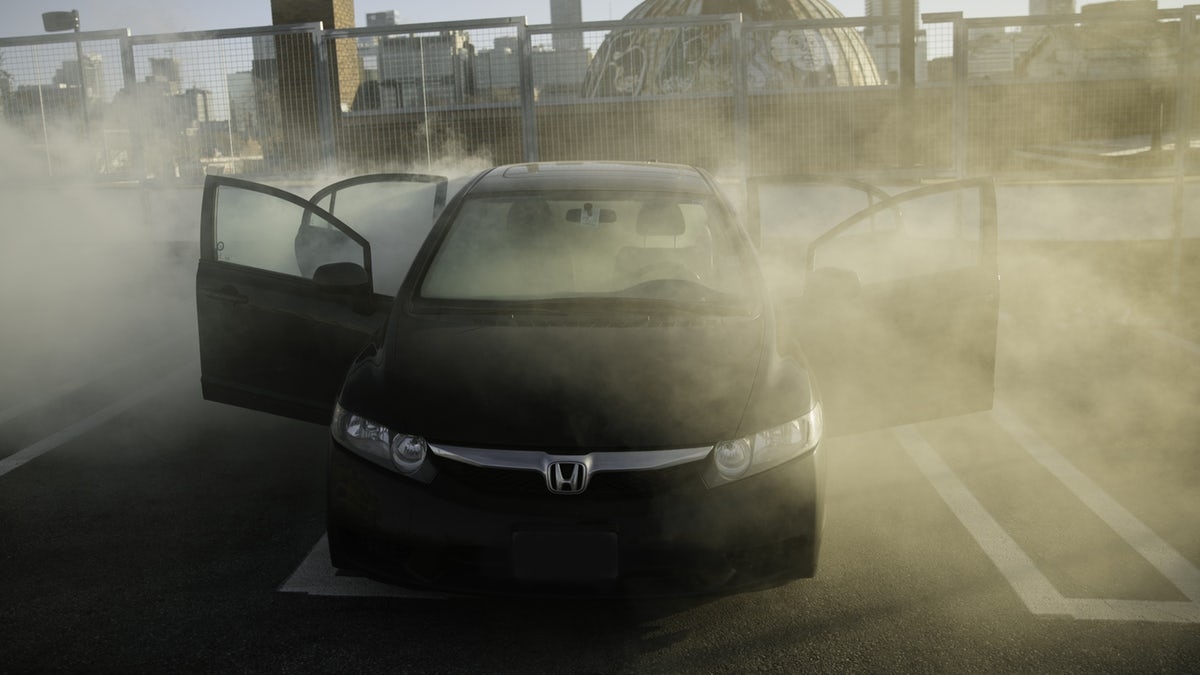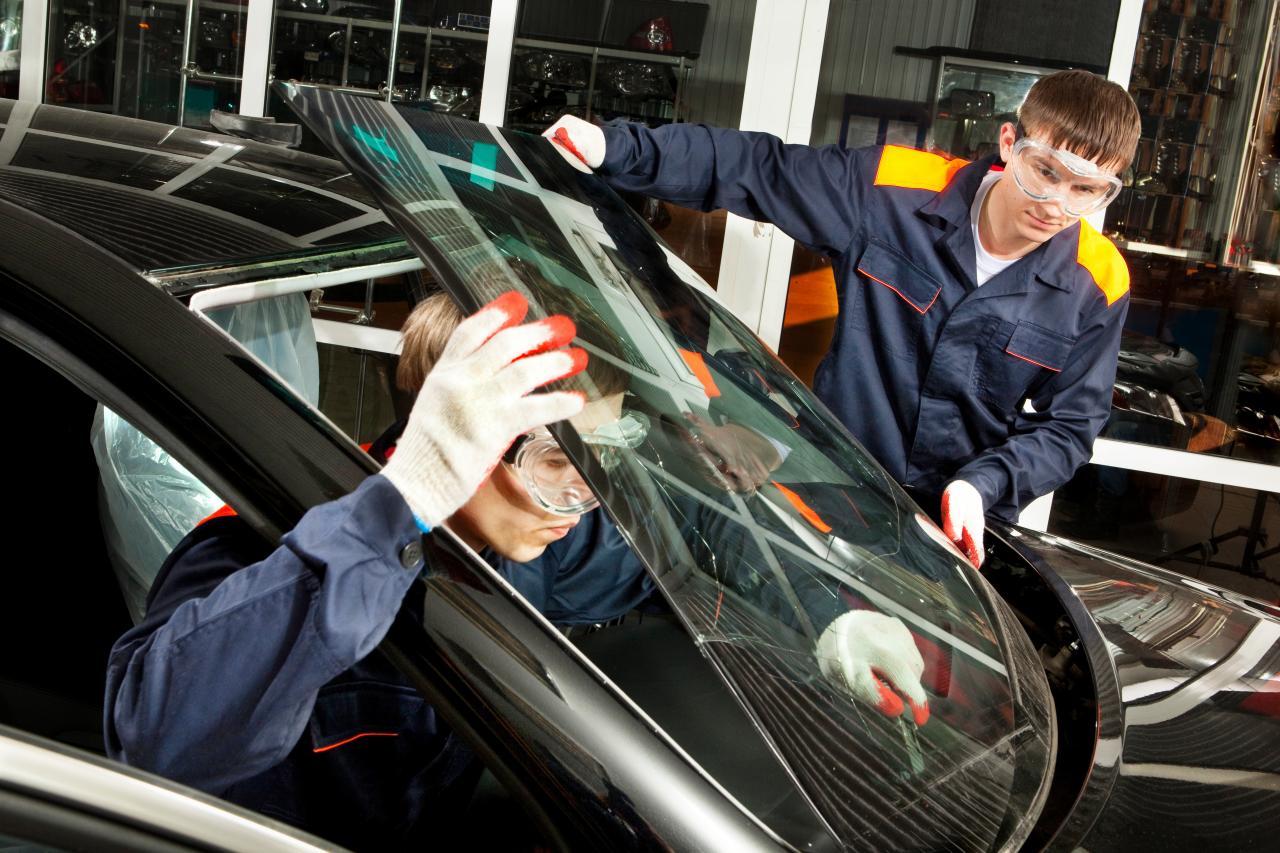How to transport cars for dealerships – Transporting cars for dealerships requires careful planning and execution. This comprehensive guide will provide you with everything you need to know about the various transportation methods, logistics, vehicle preparation, cost considerations, safety measures, and legal compliance involved in this process.
Whether you’re a seasoned dealer or just starting out, this guide will help you optimize your car transportation operations and ensure the safe and efficient delivery of vehicles to your customers.
Methods of Transporting Cars
Open Carriers
Open carriers are the most common and affordable method of transporting cars. They are large, flatbed trucks with no roof or sides, which allows for easy loading and unloading of vehicles. Open carriers are typically used to transport large numbers of cars over long distances, such as from a manufacturing plant to a dealership.
Advantages:
- Cost-effective
- Can transport large numbers of cars
- Easy to load and unload
Disadvantages:
While determining the extent of damage to a car frame can be challenging, there are several telltale signs to look for. How to tell if car frame is bent can be identified through uneven tire wear, misaligned body panels, and difficulty steering or braking.
If you suspect your car’s frame may be bent, it’s crucial to have it inspected by a professional mechanic to ensure safety and prevent further damage.
- Vehicles are exposed to the elements, which can damage the paint or interior
- Not suitable for transporting high-value or fragile vehicles
Enclosed Carriers
Enclosed carriers are more expensive than open carriers, but they offer greater protection for vehicles. They are enclosed trailers that keep cars out of the elements and away from dirt and debris. Enclosed carriers are typically used to transport high-value or fragile vehicles, such as classic cars or race cars.
Advantages:
- Protect vehicles from the elements
- Suitable for transporting high-value or fragile vehicles
- Can be used to transport cars over long distances
Disadvantages:
- More expensive than open carriers
- Can be difficult to load and unload
Rail Transport
Rail transport is another option for transporting cars. Cars are loaded onto railcars and transported to their destination by train. Rail transport is typically used to transport large numbers of cars over long distances, such as from a manufacturing plant to a port.
Maintaining tape hair extensions requires proper care to prolong their lifespan and keep them looking their best. How to take care of tape hair extensions involves regular brushing, avoiding excessive heat styling, and using sulfate-free shampoos and conditioners. Additionally, it’s important to have the extensions professionally removed and reapplied every 6-8 weeks to prevent matting and damage.
Advantages:
- Can transport large numbers of cars
- Cost-effective for long distances
- Environmentally friendly
Disadvantages:
- Slower than other methods of transport
- Not suitable for transporting high-value or fragile vehicles
Planning and Logistics
Effective car transportation for dealerships requires meticulous planning and coordination. This involves several key steps to ensure a smooth and efficient process.
Obtaining Permits and Insurance
Securing the necessary permits and insurance is crucial to comply with legal requirements and protect against potential risks. This includes obtaining permits for oversized loads and hazardous materials, as well as liability insurance to cover damages or accidents.
Scheduling and Coordination
Scheduling plays a vital role in optimizing transportation efficiency. Dealerships must coordinate with carriers to determine the best time and date for vehicle pickup and delivery. Effective communication and collaboration between all parties involved ensure timely and accurate transportation.
Optimizing Logistics
To minimize delays and maximize efficiency, logistics should be carefully planned. This includes selecting the most appropriate transportation method based on factors such as distance, vehicle type, and delivery timeline. Proper vehicle loading and securing techniques are also essential to prevent damage during transit.
Vehicle Preparation and Protection
Preparing vehicles for transportation is crucial to ensure their safe arrival at the dealership. Proper preparation helps prevent damage, maintain the vehicle’s condition, and reduce the risk of costly repairs or delays.
The following steps should be taken to prepare vehicles for transportation:
Securing Loose Items
Loose items inside the vehicle, such as floor mats, seat covers, and personal belongings, should be removed or securely fastened. Loose items can shift during transit, potentially damaging the vehicle’s interior or becoming a safety hazard.
Protecting Sensitive Components
Sensitive components, such as antennas, mirrors, and spoilers, should be protected from damage. Antennas can be retracted or wrapped in protective material, mirrors can be folded in or covered, and spoilers can be secured with straps or padding.
If you suspect your car frame may be bent, there are several telltale signs to look for, such as uneven tire wear, difficulty steering, and a misaligned hood or trunk. To determine the extent of the damage, it’s best to consult a professional mechanic who can assess the frame’s condition and recommend the appropriate repairs.
Meanwhile, if you’re looking to extend the lifespan of your tape hair extensions, proper care is crucial. By following a meticulous regimen of brushing, washing, and conditioning, you can maintain the integrity and beauty of your extensions for longer. Refer to our comprehensive guide how to take care of tape hair extensions for detailed instructions.
Preventing Damage During Transit
To prevent damage during transit, vehicles should be secured on the transport carrier using straps, chains, or wheel chocks. Protective materials, such as shrink wrap or tarps, can be used to protect the vehicle’s exterior from dirt, debris, and weather conditions.
Cost Considerations
The cost of car transportation can vary significantly depending on several factors, including distance, vehicle type, and transportation method.
Distance
The distance between the pickup and delivery locations is a major determinant of transportation costs. Longer distances typically require more fuel, labor, and time, leading to higher overall costs.
Vehicle Type
The size, weight, and value of the vehicle also influence transportation costs. Larger and heavier vehicles require specialized equipment and handling, which can increase expenses. Similarly, high-value vehicles may require additional security measures and insurance, driving up costs.
Transportation Method, How to transport cars for dealerships
The chosen transportation method, such as open or enclosed carriers, can impact costs. Enclosed carriers offer protection from the elements but are more expensive than open carriers. Specialized transportation methods, such as flatbed trucks or trailers, may be necessary for vehicles with specific dimensions or requirements, further increasing costs.
Tips for Negotiating and Finding the Best Deals
To secure the best deals on car transportation, consider the following tips:
- Get multiple quotes from different transportation companies to compare pricing and services.
- Negotiate discounts for multiple vehicle shipments or long-term contracts.
- Consider off-season or less popular routes for potential cost savings.
- Inquire about any additional fees or surcharges, such as fuel surcharges or insurance premiums.
- Read reviews and check the reputation of transportation companies before making a decision.
Safety and Security: How To Transport Cars For Dealerships
Ensuring the safety and security of vehicles during transportation is paramount. Implementing robust measures minimizes the risk of accidents, damage, and theft.
Proper Vehicle Securing
Vehicles must be properly secured on the transport vehicle using straps, chains, or other approved methods. This prevents shifting or movement during transit, reducing the likelihood of damage or accidents.
Monitoring and Tracking
GPS tracking devices allow real-time monitoring of vehicles, providing visibility into their location and status. This enables prompt response to any incidents or deviations from the planned route.
Preventing Theft and Damage
Transportation companies should employ security measures such as alarm systems, immobilizers, and escorts to deter theft. Additionally, proper vehicle preparation, including disabling ignition systems and removing valuables, helps prevent unauthorized access.
Insurance
Comprehensive insurance coverage protects vehicles against damage, loss, or theft during transit. This provides peace of mind and financial protection for dealerships and transportation companies.
6. Legal and Regulatory Compliance
Car transportation is subject to various legal requirements and regulations aimed at ensuring safety, protecting the environment, and preventing illegal activities. Compliance with these regulations is crucial to avoid legal liabilities, fines, and reputational damage.
Obtaining Permits and Licenses
Depending on the jurisdiction, obtaining permits and licenses may be necessary for car transportation. These permits typically specify the number of vehicles that can be transported, the routes that can be used, and the safety equipment required.
Weight Restrictions
Most jurisdictions have weight restrictions for vehicles, including those transporting cars. Exceeding these weight limits can result in fines, damage to roads and bridges, and safety hazards. Transporters must carefully plan their routes and load distribution to comply with weight restrictions.
Safety Regulations
Safety regulations govern various aspects of car transportation, including vehicle maintenance, driver qualifications, and cargo securement. Transporters must ensure that their vehicles are in good condition, that their drivers are properly trained and licensed, and that cars are securely fastened during transportation.
Customer Service and Communication
Providing excellent customer service is crucial throughout the car transportation process. It ensures customer satisfaction, builds trust, and fosters long-term relationships. Effective communication is vital for keeping customers informed, managing expectations, and resolving any issues promptly.
Handling Inquiries and Resolving Issues
* Establish clear communication channels (phone, email, online portal) and respond promptly to inquiries.
- Actively listen to customer concerns, ask clarifying questions, and provide timely updates.
- Resolve issues efficiently and professionally, offering solutions that meet customer needs.
Building Strong Customer Relationships
* Personalize interactions by using customer names and understanding their specific requirements.
- Go the extra mile to provide exceptional service, such as offering tracking updates or proactive notifications.
- Foster open communication and seek customer feedback to improve service delivery.
Final Summary
By following the steps and recommendations Artikeld in this guide, you can effectively manage the transportation of cars for your dealership, ensuring timely delivery, customer satisfaction, and compliance with all applicable regulations. Remember, effective car transportation is crucial for maintaining a smooth supply chain and building a strong reputation among your customers.
Questions and Answers
What are the different methods of transporting cars?
Cars can be transported using open carriers, enclosed carriers, or rail transport. Open carriers are the most cost-effective option, but they expose vehicles to the elements. Enclosed carriers provide better protection but are more expensive. Rail transport is suitable for long-distance transportation of multiple vehicles.
How do I choose the right transportation method?
The best transportation method depends on factors such as cost, distance, and vehicle type. Open carriers are suitable for short distances and budget-conscious shipments. Enclosed carriers are recommended for valuable or sensitive vehicles. Rail transport is ideal for transporting large numbers of vehicles over long distances.
How do I prepare my vehicle for transportation?
Proper vehicle preparation is crucial to prevent damage during transit. Secure loose items, protect sensitive components, and use protective materials like shrink wrap or tarps. Ensure that all fluids are topped off and the battery is disconnected if the vehicle will be transported over long distances.


